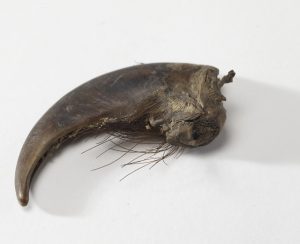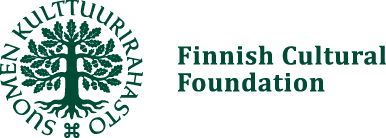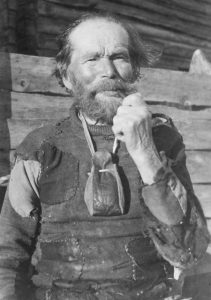My Post Doc project about Finnish magic objects dives into the secrets of vast museum collections. Different objects that have been seen as magical were collected into museums in the late 19th and early 20th century. This project focuses on the ‘Magic Objects’ card index of Finland’s National Museum. The collection includes more than 300 objects: for example, teeth and claws of bear, small, round pebbles called ‘snake’s court stones’, branches that have grown into a circle, ‘thunderbolts’, magic pouches, and frogs in miniature coffins.

I apply the multi-source ‘archaeology of folk religion’ method developed in my PhD study to this previously unstudied material. The human tendency to see magical properties in objects is an intriguing phenomenon, and understanding it will increase our understanding of the human world-experience more widely. The hypothesis of the project is that magical power and causality manifest in an entanglement of the human mind/culture and material aspects/nature. Another assumption is that the Finnish magic tradition is not an isolated phenomenon, but part of a larger European tradition.
This blog follows my research (in Finnish for now, please let me know if you wish it to be translated).

